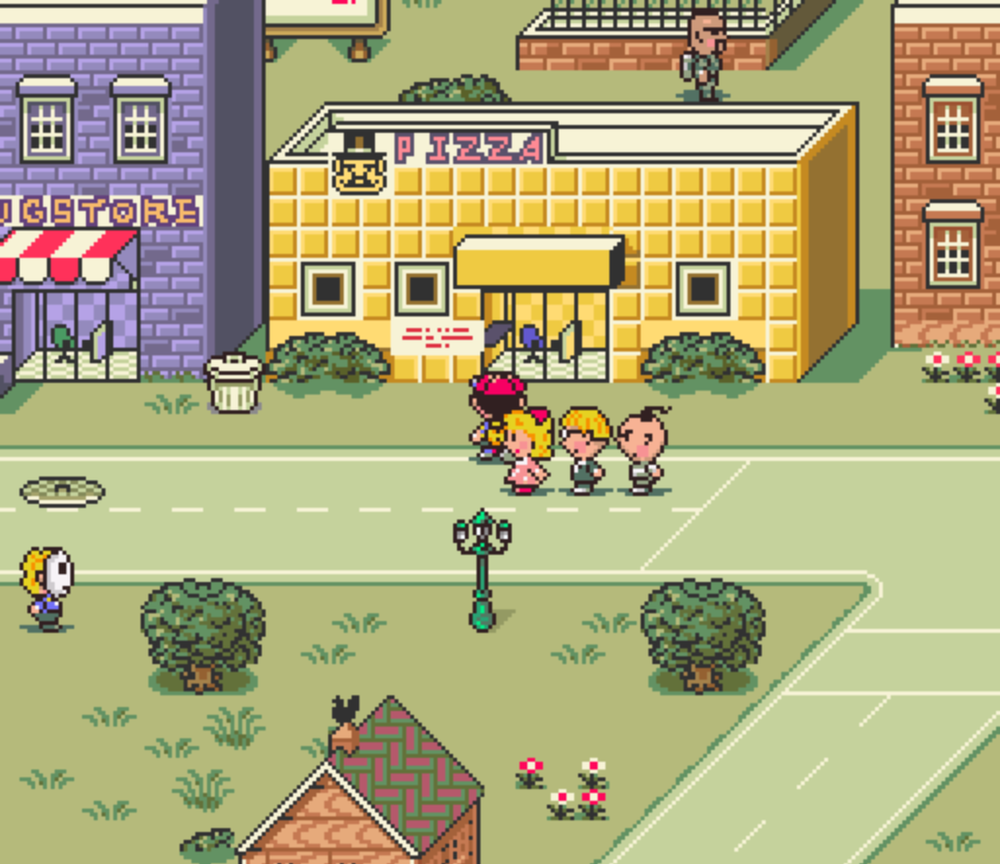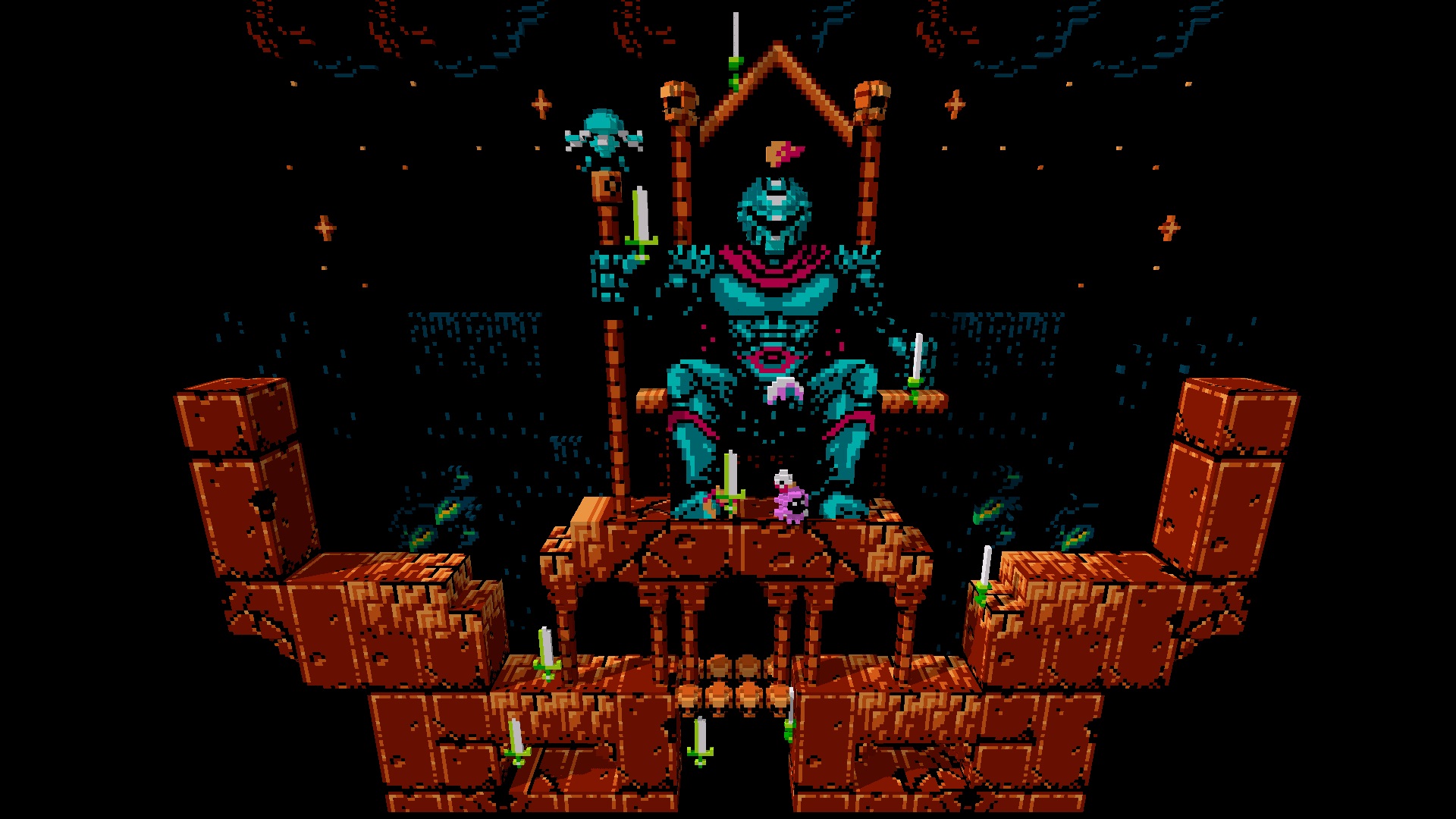

Four revisions of the chip exist, each physically identical but with different microcode.
#3D NES EMULATOR EARTHBOUND SERIES#
This series of fixed-point digital signal processor chips allowed for fast vector-based calculations, bitmap conversions, both 2D and 3D coordinate transformations, and other functions. The differences arise in how they are packaged, their pinout, their maximum supported ROM size, and their internal clock speed. All versions of the Super FX chip are functionally compatible in terms of their instruction set. The final known revision is the GSU-2-SP1. Later on, the design was revised to become the GSU-2, which is still 16-bit, but unlike the earlier Super FX chips, this version can support a ROM size greater than 8 MBit. Both the MARIO CHIP 1 and the GSU-1 can support a maximum ROM size of 8 Mbits.
#3D NES EMULATOR EARTHBOUND FULL#
The GSU-1 however runs at the full 21 MHz. Both versions are clocked with a 21 MHz signal, but an internal clock speed divider halves it to 10.5 MHz on the MARIO CHIP 1. The following year, some boards were providing an epoxy version of it, and later a first revision came out under the label "GSU-1". This chip went through at least four revisions, first starting out as a surface mounted chip labeled "MARIO CHIP 1" (Mathematical, Argonaut, Rotation & I/O) in the earliest Star Fox cartridges, commonly called the Super FX. Super Mario World 2: Yoshi's Island uses the Super FX 2 for sprite scaling, rotation, and stretching. In addition to rendering polygons, the chip can assist the SNES with advanced 2D effects.

It is typically programmed to act as a graphics accelerator chip that draws polygons to a frame buffer in the RAM sitting adjacent to it. It is a chargeable attack.The Super FX chip is a 16-bit supplemental RISC CPU developed by Argonaut Games that was included in certain game cartridges to perform functions that the main CPU cannot feasibly do. PK Flash (PKフラッシュ, PK Flash) is Ness’s neutral special move since Super Smash Bros. In that time span, Ninten goes on his adventure, lives off the money from his dad, buys a house in Onett (despite not being old enough until 1997), gets married, and becomes a workaholic. Who is Ness father?ĭoing the math, Ninten would be the proud parent of Ness… at ten years old. Nintendo has certainly not been known to rerelease games so directly in the past, with one of the only other cases being the release of the first Mother game as Earthbound: Beginnings on Wii U. The game will be available for a limited time on the Switch’s eShop, disappearing in March of 2021. Itoi stated that he finally decided on the name when he saw John Lennon’s performance of the song in concert. It is called MOTHER because of the central theme of the series. I also loved how they used the music as a part of the gameplay experience. It’s unique in so many ways, it’s music is fantastic, it tells a really good story in a really good way, has interesting characters and plot lines, asks real life questions that make you think, makes you cry, laugh, smile, and so much more. You should definitely play Earthbound before this one, but Mother isn’t really necessary. The game does elaborate on a few things related to Earthbound, but it doesn’t really enhance the plot in any way. Playing the first Mother isn’t really that necessary, however.


 0 kommentar(er)
0 kommentar(er)
